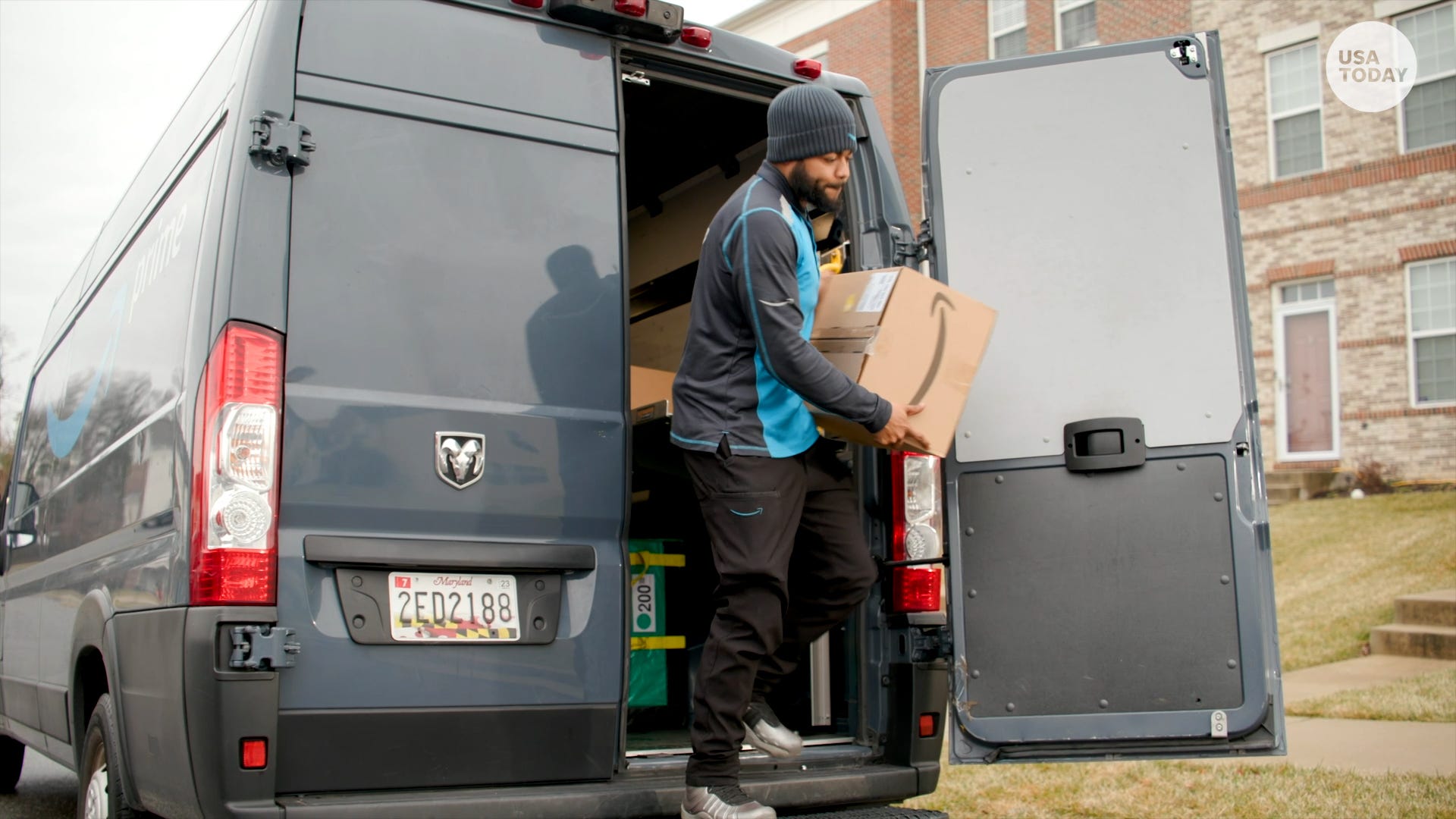On Tuesday shoppers spent a whopping $6B for Amazon Prime Day. Here's what they bought.

Amazon Prime Day drove record sales Tuesday, with consumers spending $6.4 billion during the first half of the two-day event.
Prime Day spend was up 6% from last year, according to the latest Adobe Analytics data. While the day-one sales figure fell short of estimates, a statement from Adobe said it was the biggest e-commerce day so far this year.
"The record spending so far shows us that consumers are tapping into their inner bargain hunters, stocking up on specific categories such as electronics and apparel while the discounts remain steep," said Vivek Pandya, lead analyst of Adobe Digital Insights.
What are shoppers buying on Amazon Prime Day 2023?
Data firm Numerator’s 2023 Live Prime Day Tracker ‒ last updated at 1 p.m. Eastern at time of publication ‒ found some of the top categories so far this year have been home goods (purchased by 27% of shoppers), household essentials (26%) and apparel and shoes (25%). The data is based on more than 1,800 verified buyer surveys.
The top items so far, based on the number of units purchased tracked by Numerator, include:
- Temptations Cat Treats
- Amazon Fire TV Sticks
- Liquid I.V. Packets
- Apple Watch Series 8
- Melissa & Doug Toys
Amazon Prime Day deals 2023: Laptops, headphones and more on sale now
How much are people spending on Prime Day?
Numerator has so far tracked more than 91,000 items purchased from more than 20,000 unique buyers.
The firm found the average order size was $56.07, up from $53.14 in the same reporting period last year. But over half of households shopping during Prime Day have placed at least two orders, making the average household spend more than $140.
How are people shopping on Prime Day?
Buy now, pay later orders on Tuesday accounted for 6.4% of online orders and drove $461 million in revenue, up 20% compared to the first day of Prime Day last year, according to Adobe. It found buy now, pay later programs ‒ which lets users split up their payments over a longer period of time‒ have been popular among shoppers purchasing apparel, furniture and home items and electronics.
Nearly half of shopping this year was done on smartphones: 43.7%, compared to 42.7% the year prior.